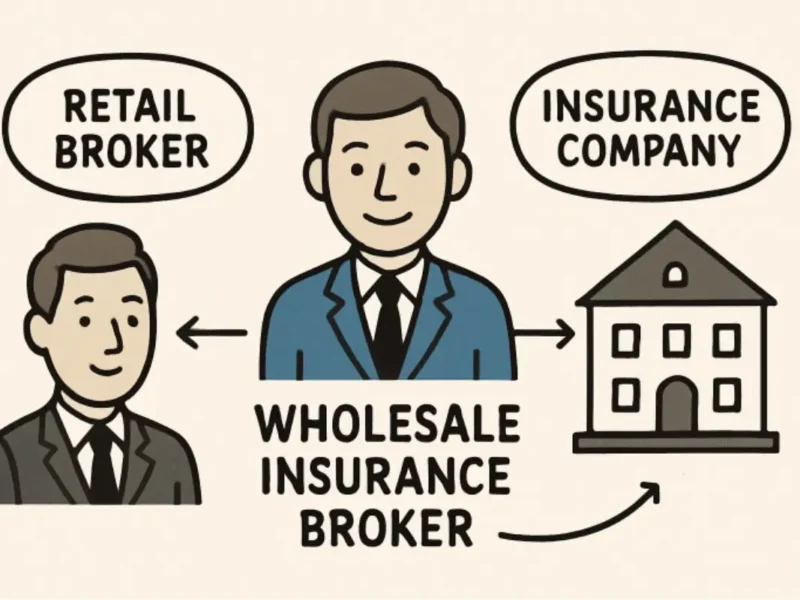Get ready to protect your sensitive data from breaches, exfiltration, and unauthorized sharing with the incredible power of data loss prevention tools. DLP enables you to uphold your organization’s information security standards and comply with data privacy regulations. DLP products include network DLP, endpoint DLP and cloud DLP. They are designed to scan your network, monitor cloud storage and analyze user activity for information security.
Detecting and Preventing Data Exfiltration
Data exfiltration is stealing or illegally transferring information from a network to unauthorized users. This can be done by hackers and other external threats or by insiders that have compromised a privileged user account, including rogue employees or contractors. DLP software solutions help to monitor and protect sensitive data in motion (network traffic), at rest, and on endpoints like USB storage devices. These solutions also offer a range of protective measures that include encryption. These systems can be configured to alert you of any risky or inappropriate data sharing, transfer, or use and enforce organizational policies consistent with regulatory guidelines such as HIPAA and GDPR.
The best Data Loss Prevention Software will be able to identify data transfers inconsistent with your security policy and then apply granular controls to prevent accidental or malicious exfiltration. This is especially important if your organization relies heavily on cloud-based services for storage and collaboration. It is also recommended that you opt for a solution that can be managed remotely, as this will reduce the workload on your IT team and avoid adding to the security talent shortage.
A comprehensive DLP system should provide visibility into data in transit across a network. It should install an agent on endpoint devices to monitor data leaks to external hard drives and USB devices. It should also be capable of tracking, monitoring and controlling device movement on your network and being compatible with your IT infrastructure.
Encryption
You can also reduce the risk of data loss by encrypting sensitive information at rest or in transit. The best DLP systems provide this feature as part of a comprehensive suite of protection modules.
These include email control, which ensures that all email data is encrypted and that only approved applications can access files. The DLP system will warn and block unauthorized activities such as copying to external devices or sending files over public networks. This is essential when employees need to work from home, in remote locations or on BYOD devices.
Another key DLP module is a granular monitoring system that checks user account behavior in sensitive data stores. The DLP system looks for unusual activity that might indicate a cyberattack, such as an insider threat or account takeover. If it spots an attack, it will automatically shut down or limit access to the affected accounts and files.
Some DLP software is designed to work alongside other security systems, such as anti-malware or firewall systems. DLP with ARM, for example, can help tighten up the access controls on your Active Directory (AD) entry and monitor end users’ use of those accounts. This helps to protect against the most common forms of data loss, such as theft and corruption, without blocking normal working practices or creating unnecessarily restrictive security rules.
Monitoring
With cyberattacks a growing problem and data exfiltration a common part of ransomware attacks, enterprises need a way to monitor for unauthorized egress. This is the role of DLP tools, designed to monitor a network for sensitive information sent outside the enterprise and stop the transfer. To boost the effectiveness of these tools and ensure a holistic approach to data security, implementing a secure passwordless solution can provide an added layer of protection, minimizing the risks of unauthorized access and enhancing overall data exfiltration prevention efforts.
Typically, these solutions filter network traffic to spot suspicious data movement patterns and identify moving information. They then use business rules to classify the report as sensitive, critical, confidential, or private so that unauthorized end users cannot intentionally or accidentally share this information with people outside the organization.
In addition to being useful for protecting the organization’s information, DLP tools can help organizations comply with regulatory standards, such as the HIPAA and GDPR requirements in the healthcare industry and EU-specific laws in the financial sector. They can be used to identify the personal information of employees and customers that may be subject to those rules and report on it. Many vendors offer tools that work together to detect and prevent data loss.
Reporting
Data breaches are costly and damaging to business reputations and can lead to financial penalties from regulators. A DLP program, like the one provided in Access Rights Manager (ARM), can protect your organization against these threats by providing security professionals and IT support staff with tools and processes to monitor and prevent the loss, misuse, or unauthorized access to sensitive information.
DLP solutions identify potential risky or inappropriate sharing, transfer, or use of sensitive information and prevent this from occurring in real time by monitoring and detecting data movements on your network, in the cloud, and on endpoint devices. With a DLP solution, you can also monitor for and automatically erase sensitive data, which helps you achieve compliance with regulations such as HIPAA and GDPR.
In a world where the volume and variety of data are increasing, it’s becoming more difficult for security professionals to keep track of which files contain PII, IP, or other regulated information and to ensure that this content is protected appropriately. Combining the power of DLP with a managed DLP service can reduce your cybersecurity risks, improve employee productivity, and empower your team to easily locate the information they need to do their jobs effectively. For example, Vera’s always-on file security enables your team to instantly secure and control their sensitive data without moving it from the original location.



